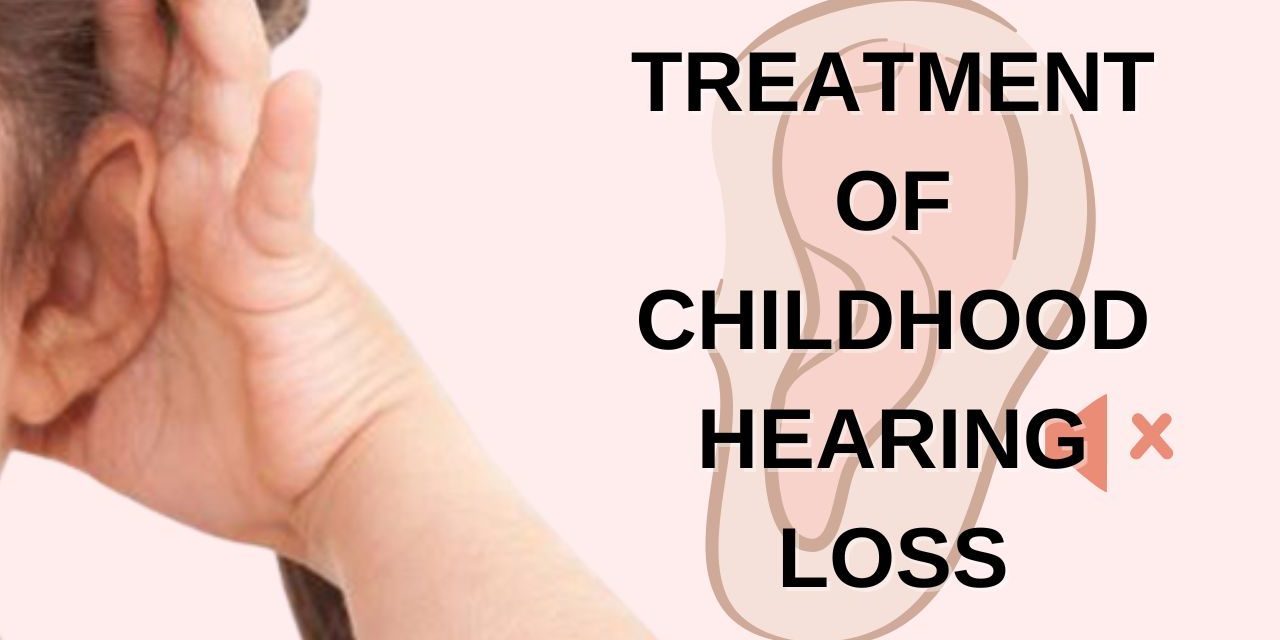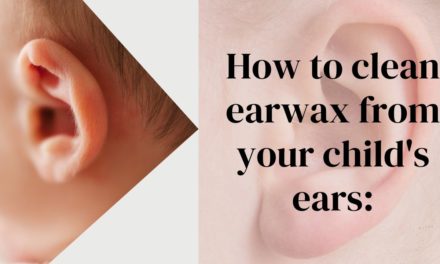Enhancing Childhood Hearing: Effective Treatment Options for Hearing Loss
Introduction:
Hearing loss in children can significantly affect their overall development, language acquisition, and social interactions. Fortunately, advances in technology and medical intervention offer a variety of treatment options for treating childhood hearing loss. In this blog post, we will explore effective treatments that can help enhance a child’s hearing abilities, allowing them to develop and reach their full potential.
1. Hearing Aids:
Hearing aids are commonly used to treat mild to moderate hearing loss in children. These small electronic devices make sounds loud and clear. Modern hearing aids are available in a variety of sizes and styles, including behind-the-ear (BTE) and in-the-ear (ITE) options. They can be tailored to a child’s specific hearing needs. A pediatric audiologist can assess a child’s hearing and prescribe appropriate hearing aids.
2. Cochlear Implants:
Cochlear implants are a viable treatment option for children with severe to profound hearing loss who do not benefit from hearing aids. These surgically implanted devices bypass damaged parts of the inner ear and directly stimulate the auditory nerve. Cochlear implants are a processor worn behind the ear and an internal component implanted under the skin. A multidisciplinary team, including audiologists and ENT surgeons, assesses the child’s candidacy and provides ongoing support and treatment.
3. Assistive Listening Devices (ALDS):
Assistive listening devices can be used with hearing aids or as stand-alone options. ALDs help improve speech understanding in challenging listening environments, such as classrooms or noisy settings. Examples include FM systems, which use wireless technology to transmit sound directly to the child’s hearing aids, and sound field systems, which amplify the teacher’s voice throughout the classroom.
4. Auditory Verbal Therapy (AVT):
Auditory Verbal Therapy is a specialized method that focuses on developing listening and speaking language skills in children with hearing loss. Through individualized therapy sessions, certified AVT professionals work with children and their families to maximize their auditory potential. AVT emphasizes teaching the child to use their residual hearing to understand spoken language without relying on visual cues, such as sign language.
5. Sign Language and Bilingualism:
For children with profound hearing loss who do not benefit from hearing-based interventions, sign language, such as American Sign Language (ASL), can be an effective means of communication. Bilingualism, combining sign language and spoken language, allows children to access both visual and auditory information. Bilingual education programs can provide comprehensive support for hearing-impaired children.
6. Early intervention and education:
Early identification and intervention is critical for children with hearing loss. Early hearing screening and ongoing assessments enable timely intervention and treatment. Access to early intervention services, such as speech therapy and audiology support, can significantly impact a child’s language and communication development. Special education programs, such as those provided in schools for the deaf or mainstream classrooms with support services, ensure that hearing-impaired children receive appropriate educational support.
Result:
Childhood hearing loss can be effectively managed with a variety of treatment options, allowing children to develop language and communication skills and thrive in their environment. From hearing aids and cochlear implants to assistive listening devices, auditory speech therapy, and bilingual education, a combination of interventions tailored to children’s needs can significantly improve their hearing abilities and overall quality of life. Early identification, intervention, and ongoing support are key to improving outcomes for children with hearing loss. Consultation with a team of professionals, including audiologists, speech-language pathologists, and educators, is essential to determine the most appropriate treatment plan for each child.










